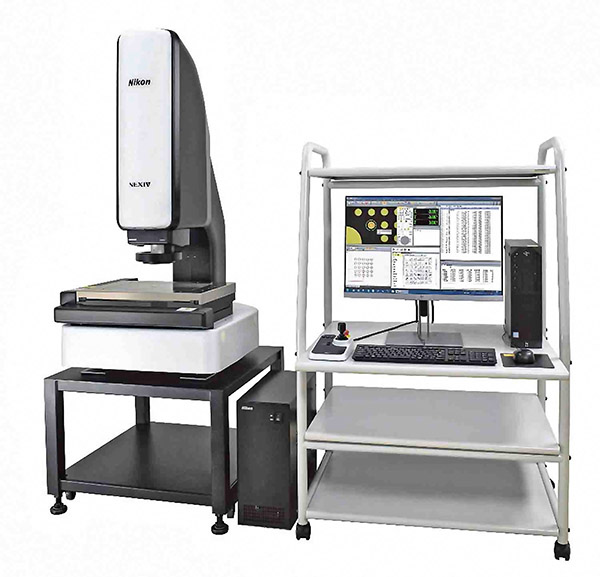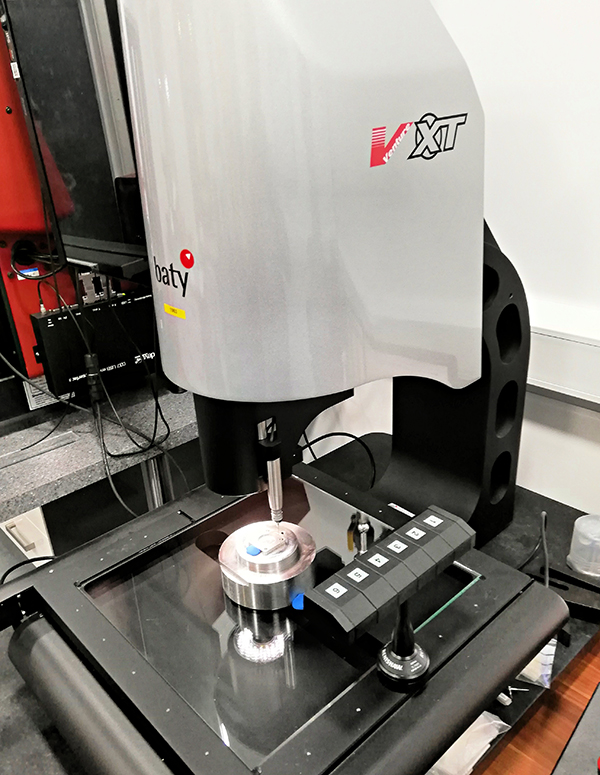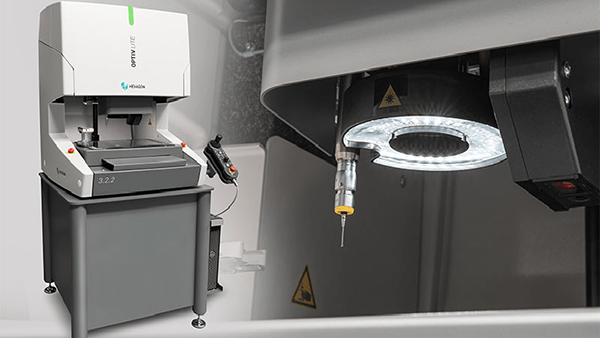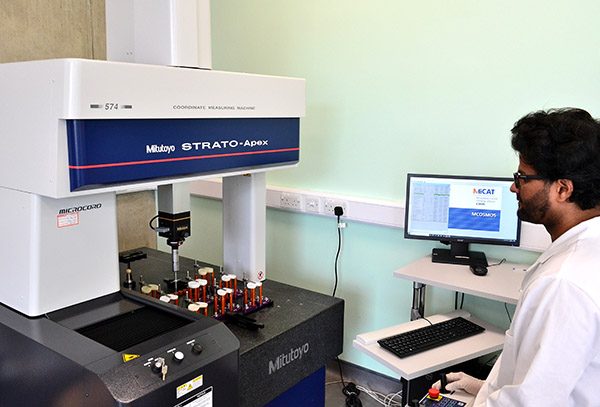
To measure components reliably and efficiently, whether in an inspection room or on the shop floor, Nikon has developed a new CNC video measuring system. Also known as an optical CMM, the Nexiv VMZ-S3020 is suitable for automated quality-control applications in a production line, as its high speed allows real-time feedback of measured results to optimise a manufacturing process.
Applications include inspecting a variety of mechanical, moulded, cast and pressed components that fall within its 300 x 200 x 200 mm working volume. Nikon’s proprietary optical measuring, image processing and analysis technologies are employed to detect feature edges at high speed, capturing accurately and automatically the shape and dimensions of even the most complex components.
There are numerous enhancements to the robustness of the unit and its functionality over the instrument that it replaces, the VMZ-R3020. Additionally, the Nexiv VMZ-S series can achieve even faster movements and image capture steps via the dedicated CMOS camera than its predecessor. In-house-developed, high-resolution linear encoders feed the position of the stage axes back to the control, maintaining measurement precision and consistency. Image transfer and subsequent data processing are also quicker, making it possible to reduce measurement cycle times without compromising accuracy or reproducibility.
Fast laser scanning at 1000 points/sec can rapidly acquire the cross-sectional shape of a surface and evaluate the relative heights, meeting measurement needs across a wide variety of samples.
A fully featured measurement software environment, Nexiv AutoMeasure, enables high precision, high speed and easy measurement cycles using tools that are close to hand in a user-friendly GUI.
For further information
www.nikonmetrology.com























